Intro
Discover 5 high fiber greens, including kale and spinach, rich in nutrients, antioxidants, and dietary fiber, supporting healthy digestion, weight management, and overall well-being.
Eating a diet rich in fiber is essential for maintaining a healthy digestive system, promoting satiety, and supporting healthy blood sugar levels. While many people focus on whole grains and legumes as sources of fiber, there are numerous high-fiber greens that can add variety and nutrition to your meals. From leafy kale to nutrient-dense spinach, incorporating these greens into your diet can have a significant impact on your overall health and wellbeing. With their rich flavor and versatility in both raw and cooked dishes, it's easier than ever to make high-fiber greens a staple in your daily meals.
The importance of fiber in our diets cannot be overstated. Fiber helps to regulate bowel movements, prevent constipation, and support the growth of beneficial gut bacteria. A high-fiber diet has also been linked to a reduced risk of chronic diseases such as heart disease, type 2 diabetes, and certain types of cancer. Despite these benefits, many people fail to consume the recommended daily intake of fiber, which is approximately 25-30 grams per day for adults. By incorporating high-fiber greens into your diet, you can easily boost your fiber intake and start experiencing the benefits of a healthier digestive system.
In addition to their high fiber content, many leafy greens are also rich in vitamins, minerals, and antioxidants, making them a nutritious addition to a variety of dishes. From salads and smoothies to sautéed side dishes and hearty soups, the culinary possibilities are endless. Whether you're a health enthusiast or simply looking to add some variety to your meals, high-fiber greens are an excellent choice. In this article, we'll explore five high-fiber greens that you should consider adding to your diet, along with their nutritional benefits, cooking tips, and delicious recipe ideas.
Introduction to High-Fiber Greens
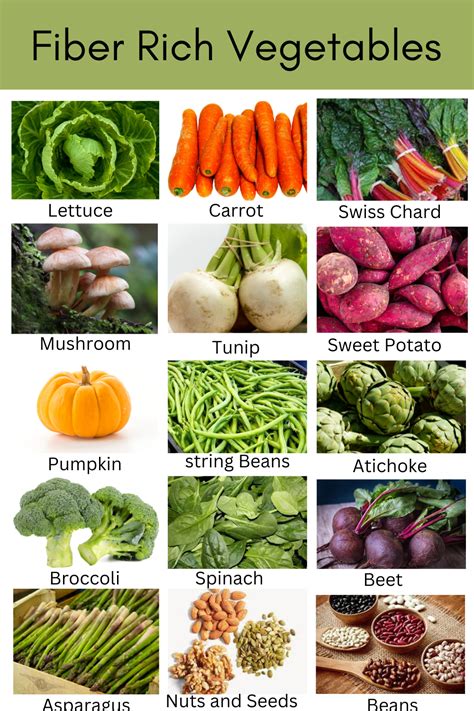
Nutritional Benefits of High-Fiber Greens
High-fiber greens are packed with nutrients, including fiber, vitamins A, C, and K, and minerals like calcium and iron. They are also low in calories and rich in antioxidants, making them an excellent choice for those looking to manage their weight or reduce their risk of chronic diseases. Some of the key nutritional benefits of high-fiber greens include: * Supporting healthy digestion and bowel function * Promoting satiety and weight management * Reducing inflammation and improving immune function * Supporting healthy blood sugar levels and reducing the risk of type 2 diabetes * Providing essential vitamins and minerals for overall health and wellbeingKale: The King of High-Fiber Greens
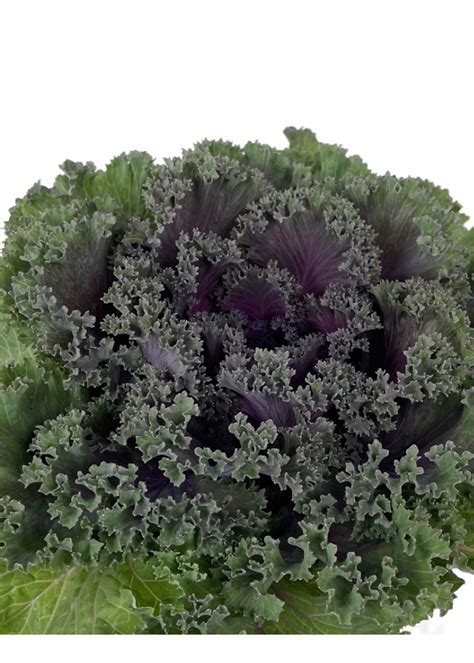
Cooking with Kale
Kale can be cooked in a variety of ways, from sautéing and roasting to adding it to soups and stews. Some tips for cooking with kale include: * Removing the stems and tearing the leaves into bite-sized pieces * Massaging the leaves with olive oil and lemon juice to tenderize them * Adding kale to soups and stews during the last 10-15 minutes of cooking * Roasting kale in the oven with olive oil and seasonings for a crispy snackSpinach: A Nutrient-Dense High-Fiber Green
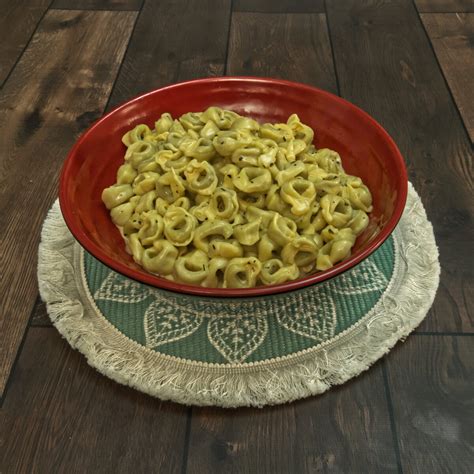
Adding Spinach to Your Diet
Spinach can be added to a variety of dishes, from salads and smoothies to sautéed side dishes and hearty soups. Some tips for adding spinach to your diet include: * Adding fresh spinach leaves to salads and smoothies * Cooking spinach with garlic and lemon juice as a side dish * Adding spinach to soups and stews during the last 10-15 minutes of cooking * Using spinach as a wrap or adding it to sandwiches and wrapsCollard Greens: A Southern Favorite
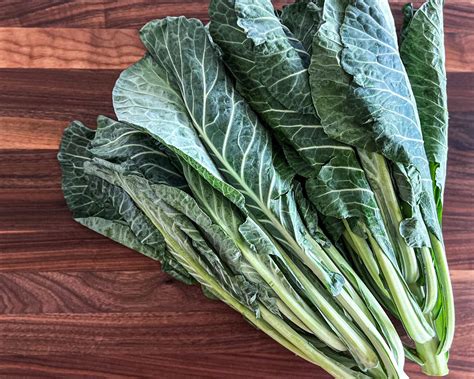
Cooking with Collard Greens
Collard greens can be cooked in a variety of ways, from sautéing and roasting to adding them to soups and stews. Some tips for cooking with collard greens include: * Removing the stems and tearing the leaves into bite-sized pieces * Cooking collard greens with smoked turkey or bacon for added flavor * Adding collard greens to soups and stews during the last 10-15 minutes of cooking * Roasting collard greens in the oven with olive oil and seasonings for a crispy snackMustard Greens: A Pungent and Nutritious High-Fiber Green
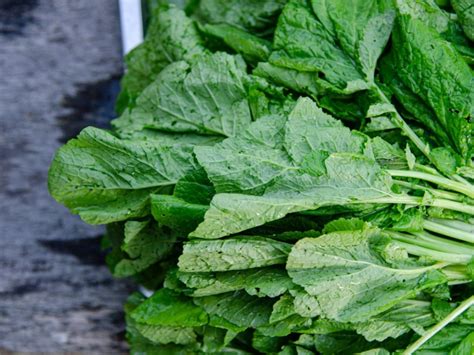
Adding Mustard Greens to Your Diet
Mustard greens can be added to a variety of dishes, from salads and smoothies to sautéed side dishes and hearty soups. Some tips for adding mustard greens to your diet include: * Adding fresh mustard greens to salads and smoothies * Cooking mustard greens with garlic and lemon juice as a side dish * Adding mustard greens to soups and stews during the last 10-15 minutes of cooking * Using mustard greens as a wrap or adding it to sandwiches and wrapsSwiss Chard: A Colorful and Nutritious High-Fiber Green
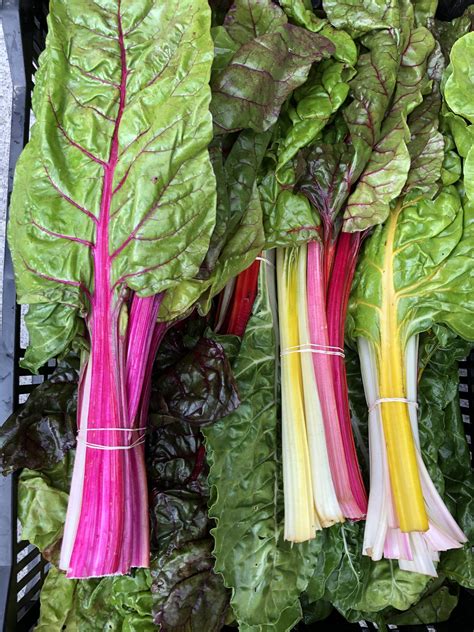
Cooking with Swiss Chard
Swiss chard can be cooked in a variety of ways, from sautéing and roasting to adding it to soups and stews. Some tips for cooking with Swiss chard include: * Removing the stems and tearing the leaves into bite-sized pieces * Cooking Swiss chard with garlic and lemon juice as a side dish * Adding Swiss chard to soups and stews during the last 10-15 minutes of cooking * Roasting Swiss chard in the oven with olive oil and seasonings for a crispy snackWhat are the benefits of eating high-fiber greens?
+Eating high-fiber greens can provide numerous health benefits, including supporting healthy digestion and bowel function, promoting satiety and weight management, and reducing inflammation and improving immune function.
How can I add high-fiber greens to my diet?
+High-fiber greens can be added to a variety of dishes, from salads and smoothies to sautéed side dishes and hearty soups. You can also use them as a wrap or add them to sandwiches and wraps.
What are some of the best high-fiber greens to eat?
+Some of the best high-fiber greens to eat include kale, spinach, collard greens, mustard greens, and Swiss chard. These greens are rich in fiber, vitamins, and minerals, and can provide numerous health benefits when consumed as part of a healthy diet.
In conclusion, high-fiber greens are a nutritious and delicious addition to a healthy diet. With their rich flavor and versatility in both raw and cooked dishes, it's easier than ever to make high-fiber greens a staple in your daily meals. Whether you're a health enthusiast or simply looking to add some variety to your meals, high-fiber greens are an excellent choice. So why not give them a try? Experiment with different types of high-fiber greens, and find your favorite ways to incorporate them into your diet. With their numerous health benefits and delicious flavor, you'll be glad you did! We invite you to share your favorite high-fiber green recipes and tips in the comments below, and to share this article with friends and family who may be interested in learning more about the benefits of high-fiber greens.
